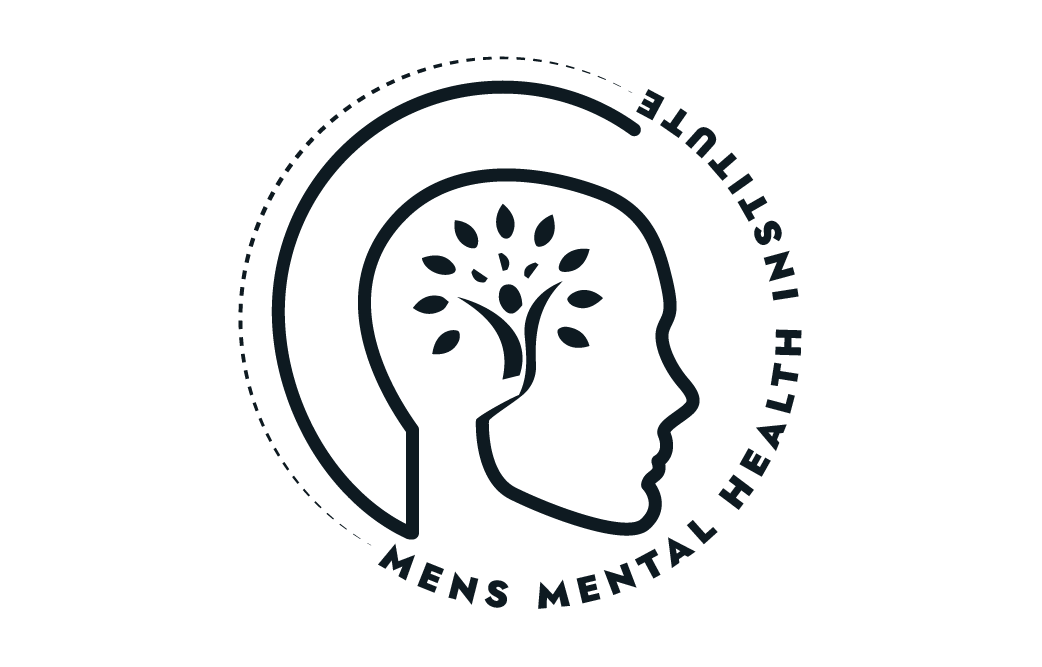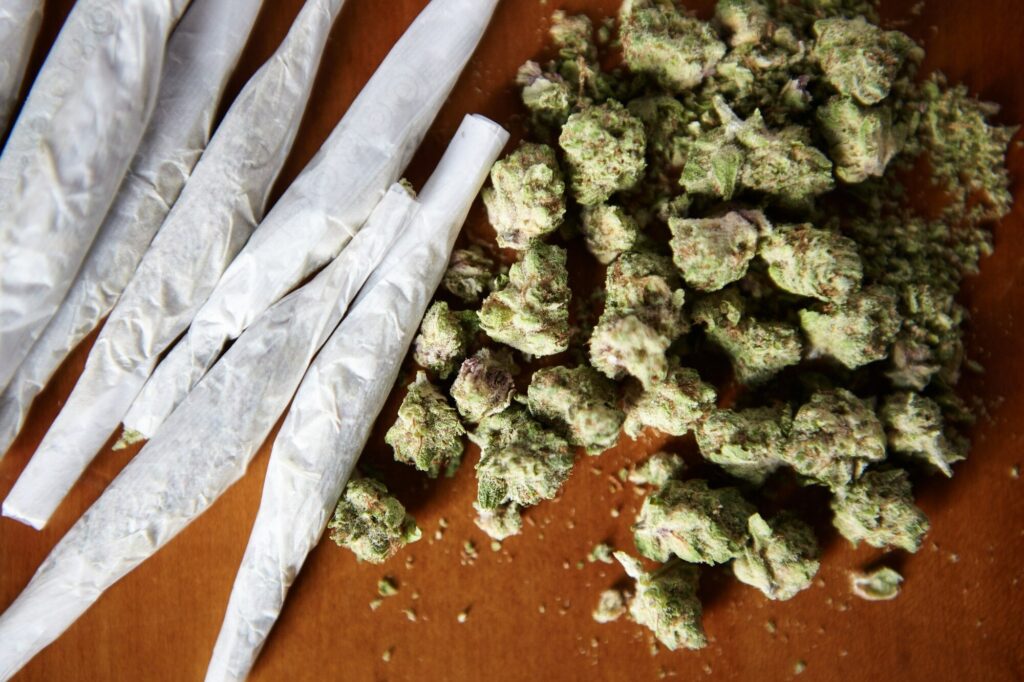The Gray Zone of Substance Use: Why ‘Not Bad Enough’ Feels Like a Trap
Many men find themselves in a tough spot: they use alcohol or weed regularly to cope, after work, on weekends, to unwind or numb stress, but hesitate to call it a problem. “It’s not like I’m an addict,” you tell yourself. “I’m functional. I have a job, a family. I just enjoy a few drinks or a joint.”
But deep down, there’s a nagging doubt. You wonder if this coping strategy is hurting your relationships, your motivation, your health, or your mental clarity. You notice tolerance creeping in, you need more just to feel the same effect. You may also experience mood swings, irritability, or difficulty sleeping without it.
From a neuroscience perspective, substances like alcohol and cannabis alter your brain chemistry, targeting dopamine, GABA, glutamate, and endocannabinoid systems, creating a temporary sense of relief or pleasure. But repeated use changes the brain’s reward, stress, and executive function circuits. This leads to impaired impulse control, emotional dysregulation, and heightened stress sensitivity.
Evolutionarily, humans didn’t evolve to regularly ingest substances that so profoundly shift brain chemistry. The brain’s reward system is designed for natural reinforcers linked to survival and social bonding. Substance use hijacks this system, creating false signals of safety or pleasure.
Socially, many men face stigma or shame around admitting struggles with substances. Cultural norms often normalize heavy drinking or recreational weed use, especially among men, as a rite of passage or stress relief. This normalization can mask emerging problems and delay help-seeking.
Within the mental health system, there’s often a black-and-white lens: either “addicted” or “not addicted.” This misses the vast gray zone where many men live. Overdiagnosis, underdiagnosis, or dismissal of early-stage struggles can prevent timely support. Furthermore, reliance on medication alone may not address underlying emotional or psychological drivers.
Therapeutic Strategies for Navigating Substance Use
Motivational Interviewing + Harm Reduction
Rather than forcing immediate abstinence, therapy meets you where you are, exploring your relationship with substances, values, and readiness for change. Small shifts and awareness are celebrated as progress.
Cognitive Behavioral Therapy (CBT)
Identifies triggers, thought patterns, and behaviors linked to substance use. You learn skills to manage cravings, cope with stress, and replace harmful habits with healthier alternatives.
Mindfulness-Based Relapse Prevention
Teaches awareness of urges and emotions without reacting automatically. You build capacity to “surf the urge” and strengthen emotional regulation.
Underlying Emotional and Trauma Work
Substance use often masks unresolved pain, grief, anxiety, shame, or loneliness. Therapy helps you safely process these wounds, reducing the drive to self-medicate.
Building Meaningful Connection and Purpose
By cultivating social support and aligning with your core values and goals, you build resilience against relapse and strengthen identity beyond substance use.
What You Gain After Addressing the Gray Zone
In mental health, you experience greater emotional stability, clarity, and decreased anxiety or depression symptoms.
In relationships, you communicate more authentically and build trust as your presence deepens.
In life and work, you regain energy, focus, and motivation, freeing yourself from the cycle of highs and crashes.
In wealth, reducing substance-related impairment or hangovers improves productivity, decision-making, and financial stability.
Recognizing that “not bad enough” doesn’t mean “not worth addressing” is crucial.
Early support can prevent years of struggle and open the door to a more vibrant, connected, and empowered life.








